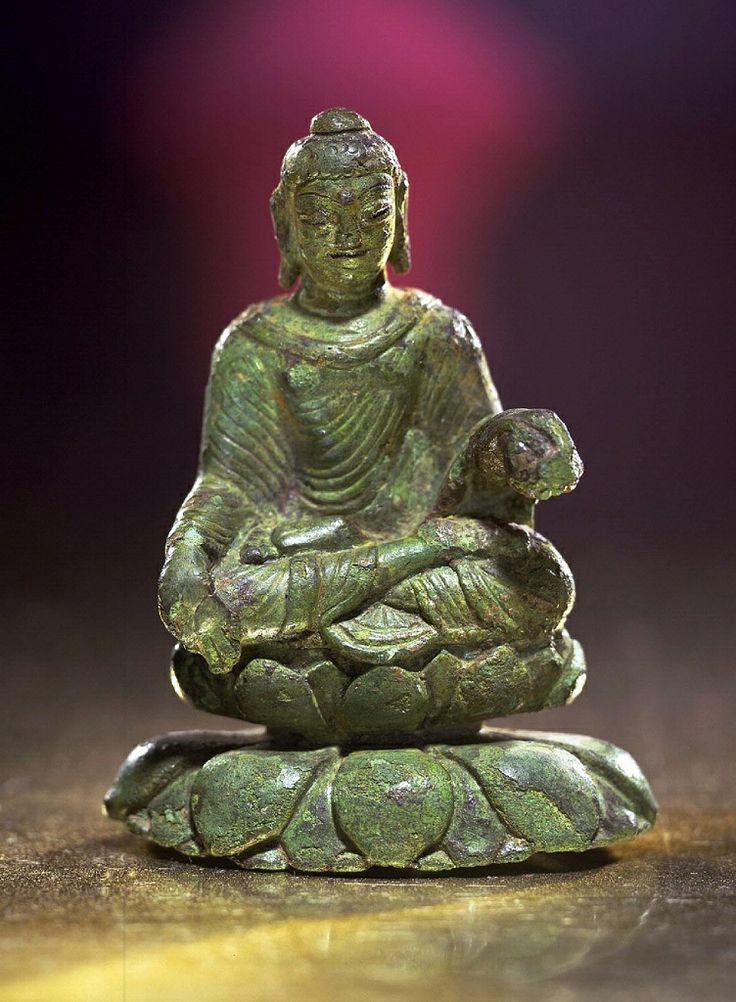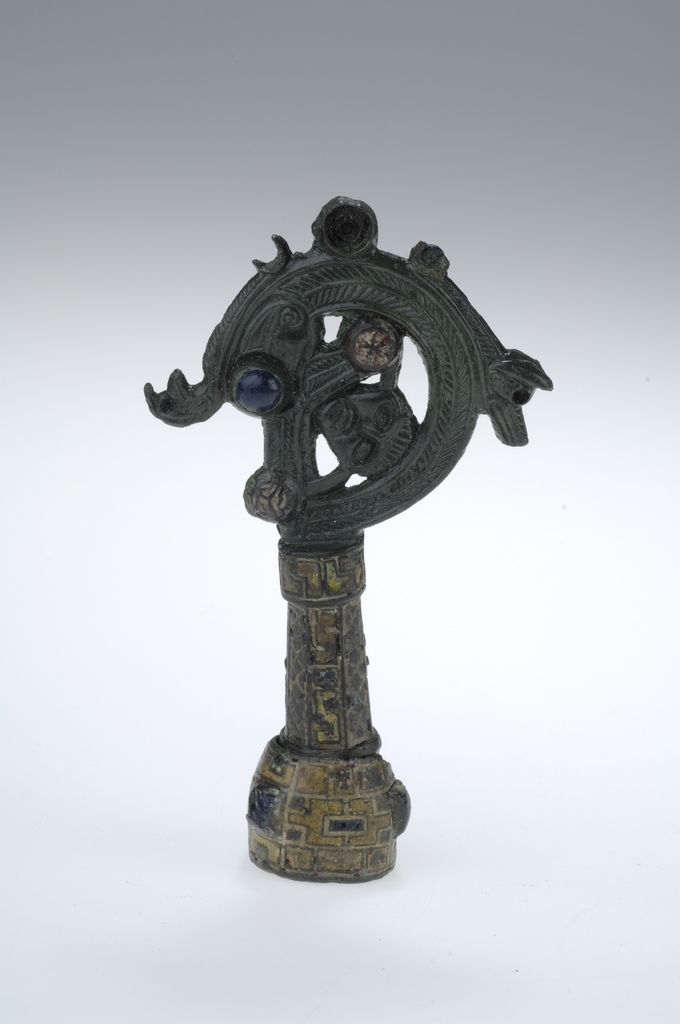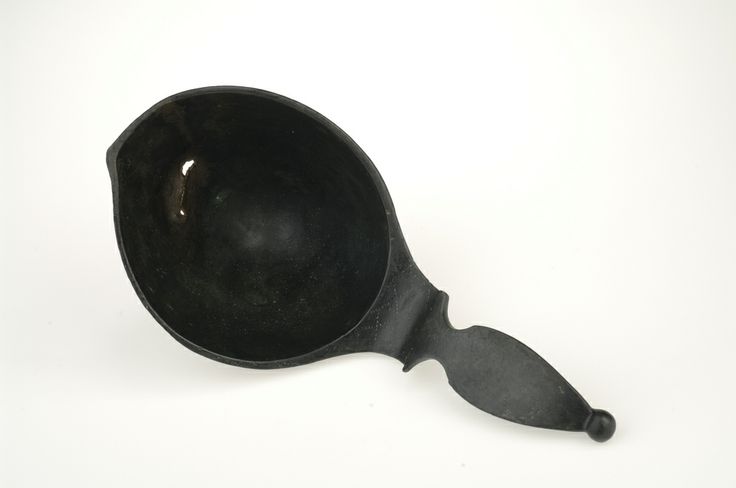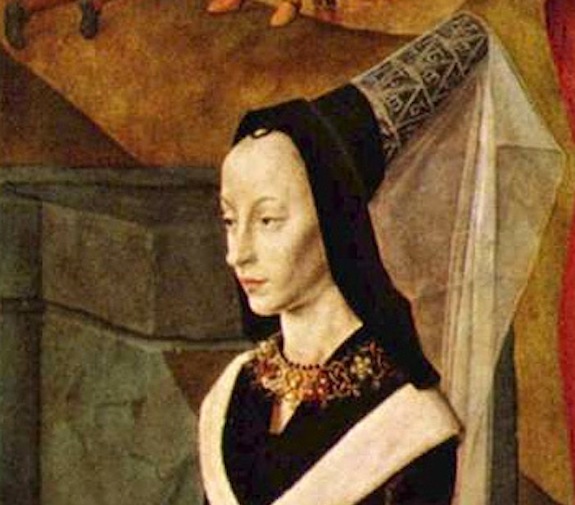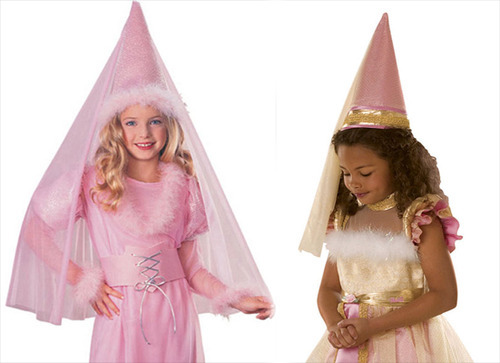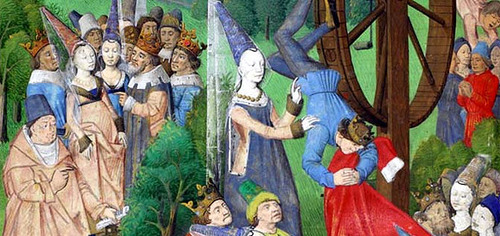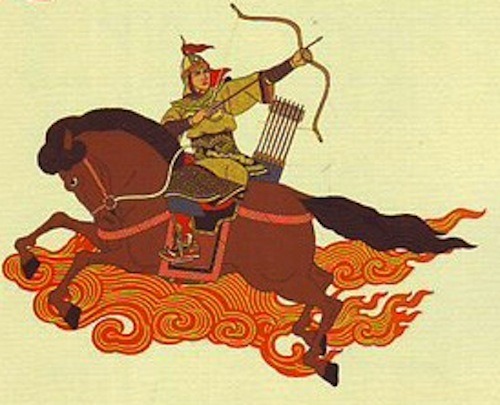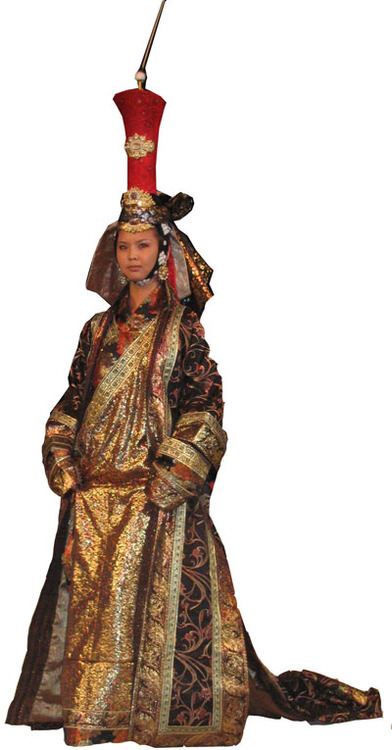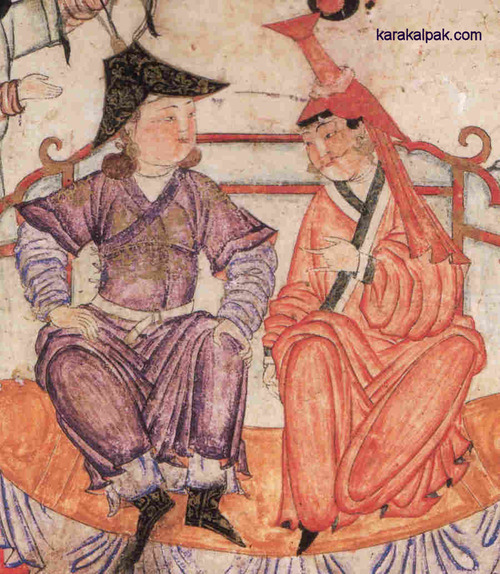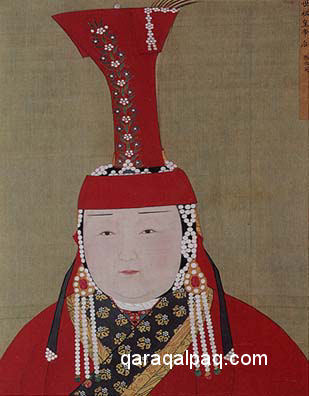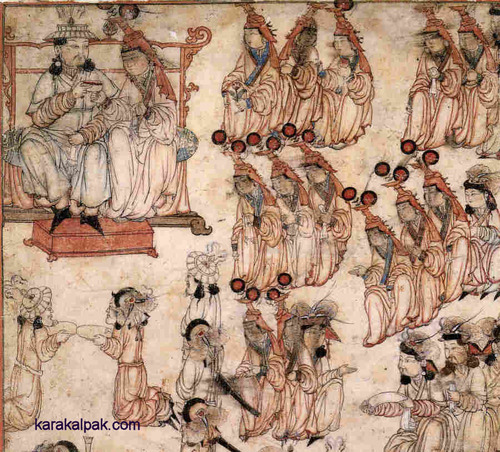First-time travelers to China wouldn’t think of leaving the country before they had seen the Great Wall, the Forbidden City, and the Terracotta Warriors. But few venture farther inland to the oasis of Dunhuang, a small city on the edge of the Gobi Desert, 1,150 miles northwest of Beijing. If they did make the trip, they would discover a World Heritage Site that rivals the beauty and cultural importance of more popular tourist attractions: the
Mogao Caves, sometimes referred to as the Caves of the Thousand Buddhas. This expanse of 492 grottoes carved into the sandstone face of a nine-story-high cliff holds an unrivaled collection of Buddhist art, with more than 484,000 square feet of murals and 2,400 sculptures.

The Mogao Caves are carved into the face of a sandstone cliff at Dunhuang on the edge of the Gobi Desert.
COURTESY PERRY HU
“The Mogao Caves are the greatest repository of early Chinese art, and it spans a thousand years, from the fourth to the 14th century,” says
Mimi Gates, former director of the Seattle Art Museum and current chairman of the
Dunhuang Foundation, which works to increase public awareness of the site and raise funds toward its conservation. “Located on the Chinese end of the Silk Road, it also is the place where many cultures of the world intersected with one another, so you have Greek and Roman, Persian and Middle Eastern, Indian and Chinese cultures, all interacting. Given the nature of our world today, it is all very relevant.”

From the show “Inspired by Dunhuang,” Zhang Hongtu’s Two Monkeys (The Classic of Mountains and Seas), 2009–10.
COURTESY THE ARTIST
These exhibitions coincide with the grand opening of a new $38 million state-of-the-art visitors center next May that will revolutionize a visit to the caves. It will also play a key role in the massive conservation project, which has become even more crucial as attendance has increased: 800,000 tourists, mostly from mainland China, visited last year.
A visit to the Mogaoku earlier this year left no doubt as to the historic significance of the Buddhist art there. These are not caves in a natural state with rudimentary markings on their rough walls but elaborate grottoes carved into a sandstone cliff. Architecturally, they echo temples, with entryways, niches, statues, and wall paintings that are indeed peerless examples of Chinese painting, from the
Northern Wei period to the
Yuan dynasty.
Stepping into the darkness—only flashlights are allowed in the caves—I was amazed by the lyrical lines and vivid colors of the paintings and the sheer diversity of styles in the depiction of Buddha. In Cave 148, from the Tang dynasty (eighth century), there is a magnificent statue of a reclining Buddha in the state of achieving nirvana, at least 60 feet long, surrounded by dozens of disciples, each individually carved, with expressions of grief on their faces.
In Cave 130 (eighth century), a Buddha sits more than 85 feet high, a beneficent light shining on his face through a window at the top of the cave. It took 29 years to carve the figure into the rock, and then, like all the sculptures in Mogao, it was covered with a mixture of mud and straw and finally painted with gold leaf and natural pigments. The Thousand Buddha motif—created by stenciling the silhouette of Buddha multiple times—covers most of the walls and ceilings of many caves, but there are also exquisite murals of scenes from the life of Buddha and more than 2,000 statues of Bodhisattvas surrounding their leader, wearing decorative flowing robes and delicate jewelry.

The colossal figure of a seated Buddha in Cave 130, Tang dynasty (eighth century), is more than 85 feet high.
COURTESY DUNHUANG ACADEMY
In addition to the paintings and sculptures, which arouse in the viewer a profound sense of appreciation for human creativity, the site itself is awe inspiring. Emerging from a desert with towering sand dunes, the cliff stretches for 5,200 feet and stands almost 100 feet high, facing the sparkling Dachuan River.
“What I find compelling is to contemplate what those caves must have meant to people coming out of the desert—to walk into one of those caves to see the glory of Buddhist art,” says
Neville Agnew, principal project specialist at the Getty Conservation Institute. “It must have been akin to walking into a cathedral to people in medieval times—the sheer contrast between a paradise inside and outside a stark, desiccated landscape.”
Legend has it that in a.d. 366 a monk crossing the desert had a vision of a thousand flaming lights flickering across the cliff face. He took it as a sign to set up camp and dig the first cave. Dunhuang was a major hub on the Silk Road—the great trade route that linked the Mediterranean to China—and centuries of travelers came through there, often commissioning caves as offerings for safety and prosperity on the road. Wealthy patrons and local rulers also commissioned caves, all created by monks living and worshipping at the site. In the 14th century, the Mongols invaded China, the borders contracted, and Dunhuang was no longer a safe haven, leaving the caves in disuse for nearly 600 years. But interest was revived in 1900, when a Taoist priest, Abbot Wang, took on the task of restoring the caves, sometimes irrevocably altering their appearance in his unsupervised enthusiasm.
Wang came across a cache of thousands of Buddhist scrolls sealed within the walls of one cave, now known as the Library Cave. This discovery, one of the greatest archeological finds of its day, brought a succession of European explorers—British, Russian, German, French—who took their pick for measly sums. Those scrolls are now housed in museums throughout Europe.

Painting of mythical figures in Cave 249, Western Wei dynasty (sixth century).
COURTESY DUNHUANG ACADEMY
By the 1940s, China had grown tired of giving away valuable artifacts to foreign powers, and the Dunhuang Academy was founded to oversee operations and conduct research and conservation at the site. Today, the Mogaoku are threatened by a new breed of traveler, the crowds of tourists who bring carbon dioxide and humidity into the caves.
“There are rumors that they are going to close the caves, but that is not fact,” says Gates. Instead, the Dunhuang Academy will be better able to manage crowds with the new visitor center, designed by Beijing architect
Cui Kai, principal of the China Architecture Design and Research Group. It will hold a theater where films about the history and significance of the art will be shown. More than 150 caves have been digitized for this effort, and several replicas will be featured at the center, which will be situated almost ten miles from the caves themselves to cut down on pollution.
Visitors will need to make reservations to come to the center and will proceed from there to the caves by shuttle bus. This system will allow the academy to limit the number of people—optimally, to around 3,000 a day. Since all visitors will be given a detailed orientation session at the center, the time allotted to them inside the caves can be cut down to five minutes per cave. At present, visitors buy a day pass for access to at most ten caves and tour them with a guide who spends quite a long time in each cave, explaining the iconography in detail.
“The visitor center was my plan ten years ago, but the Chinese government only agreed to the plan three years ago,” says
Fan Jinshi, director of the Dunhuang Academy, who has devoted her whole life to the conservation of the caves. According to Fan, the visitor center will enhance the tourists’ experience in Dunhuang because they will be taught so much about the site and can study digital re-creations that allow one to see more than is visible in the actual caves by flashlight. “Our challenge is to balance calls for greater access with our responsibility to conserve this incomparable legacy for future generations,” she says.
“I am not too much in favor of shortening the time visitors have in the caves to the point where the time spent in them becomes perfunctory,” says Agnew, who organized a World Heritage Site Management Colloquium last May to study the issue in detail. Comparing Mogaoku to other such sites, such as the Forbidden City (which had as many as 180,000 visitors a day) and Petra, in Jordan, the colloquium looked carefully at the number of people that could be admitted in a day. The goal, according to Agnew, is to maximize the number that the site can handle without damage to the caves while ensuring that each visitor has an optimum experience.
Since the 1940s, the Mogaoku have inspired generations of Chinese artists. The first to arrive in modern times was
Zhang Daqian, a master of ink painting considered the “Picasso of the East,” whose auction record stands at $24.5 million, achieved at Sotheby’s Hong Kong in May 2011. Zhang arrived in Dunhuang in 1941, when it took well over a week to get there from Beijing. He spent over two years copying murals, often lifting off layers of paint as he traced directly on the walls. When he showed these paintings in China in 1943, he played a major role in raising awareness of the significance of the art of Dunhuang, which in turn played no small part in the establishment of the Dunhuang Academy and brought the artworks to the attention of scores of Chinese artists.
“I heard of Dunhuang in school a long time before I became a professional artist,” says
Zhang Hongtu, whose work is included in the China Institute show of contemporary art influenced by the Mogao Cave paintings. “I had seen many reproductions, so always it was my dream to go to the caves,” he says. For Zhang, who was born in Pingliang in 1943 and immigrated to New York in 1982, his dream was delayed by the strict governmental controls in place during the Cultural Revolution that almost prevented him from becoming an artist at all.
During that time, he was not allowed to join an artist work unit but was instead assigned a job at a jewelry import company. In 1981, in order to achieve his goal of visiting the caves, he told his bosses that they should be producing more “authentic Chinese jewelry,” rather than copying Japanese and Italian designers, and proposed that he should go to Dunhuang to make sketches of the jewelry worn by the statues at the site. They agreed and gave him a few hundred yuan (less than $100) to go. He spent 29 days there, making sketches for his company while also working on his own paintings.
The experience was life altering. “It was a period of change for artists after the death of Mao and with the opening up of Deng Xiaoping. We were thirsty for all the art from new sources, but at the same time it was very difficult to see anything,” he recalls, specifically mentioning the dominance of Socialist Realism of the time.
“I’d say there are three aspects to Dunhuang,” says
Jerome Silbergeld, professor of Chinese art history at Princeton University, who is cocurating the exhibition at the China Institute with
Willow Chang. First, he says, the colors used in the murals were entirely new, much brighter and more vivid than those found in classical scroll paintings. Second, the use of line was more sweeping and open than in the Socialist Realist style that was strictly imposed in China during the Cultural Revolution. Finally, there was the experience of visiting the desert itself, which had the same liberating effect on Chinese artists as the Southwest had on such American artists as Georgia O’Keeffe.
“Each of these aspects provides a certain kind of freedom and liberation in the way they were doing things,” Silbergeld explains. “No longer bound down to Socialist Realist conventions, this was something that invited them to express themselves in a more liberated way than they were ever encouraged to do before.”
For
Cai Guo-Qiang, who was given a retrospective at the
Guggenheim Museum in New York at the same time he was designing the fireworks for the 2008 Summer Olympics in Beijing, a visit to Dunhuang underscored his interest in the global nature of art. He first visited the caves as a student, in 1983, and returned a decade later to create Project to extend the Great Wall of China by 10,000 meters, a chain of fireworks that extended from the end of the Great Wall into the desert.
“Dunhuang showed me that centuries ago people were already living in a very diverse era where different cultural, artistic, and religious elements were all at a crossroad, blended with each other,” Cai says. “The border between nations, especially that between the East and the West, was not so distinct.”

Chen Tianzhuo’s installation Kangrinboqê, at the Museum of Contemporary Art, Shanghai, 2013.
KAI KIUCHI
Younger Chinese artists—those who grew up after the Cultural Revolution in the era of hyper-capitalism —can still feel a connection to the Mogaoku.
Chen Tianzhuo, 28, went to Dunhuang in 2008 as a tourist, taken by his parents, just before attending graduate school at Goldsmiths in London. “It was fabulous because I had never seen paintings like that,” he says. They were exquisite and each had a story, “almost like a biblical painting.” Since then, the artist has become a follower of Tibetan Buddhism, and he now makes installations of temple settings not unlike the Mogao Caves, but the religion is fictional—with totem poles, monkeys, and other elements all painted in Day-Glo colors, influenced, he says, by the cave paintings.
“The Mogao Caves demonstrate the artistry from the connection between humankind, landscape, and climate,” says Cai. “Contemporary art concepts and methods—be it Land Art, holography, semiotics, or other movements—can all find their likely predecessors here.
“Of course, I am not purposefully applying what is modern to the ancient. I am simply suggesting that it is a place where we can feel how we are connected to the past.”
Barbara Pollack is a contributing editor of ARTnews.









